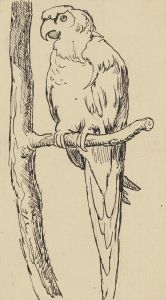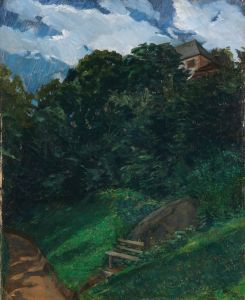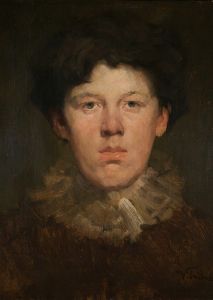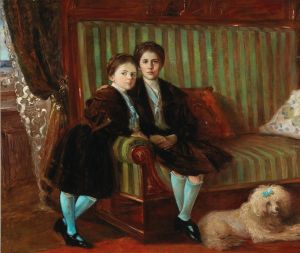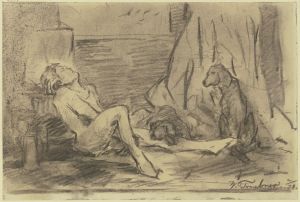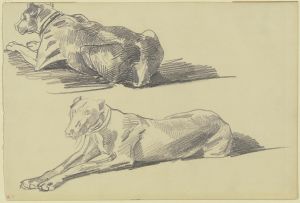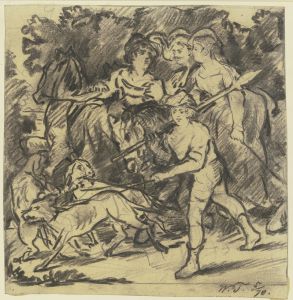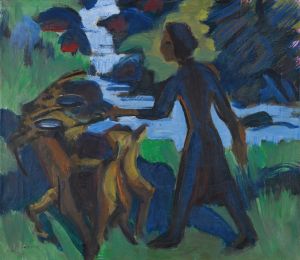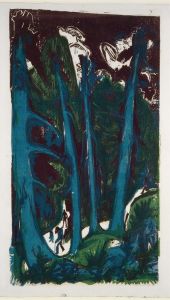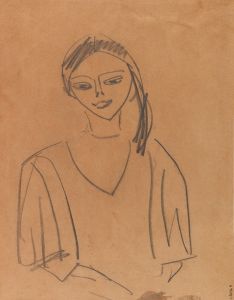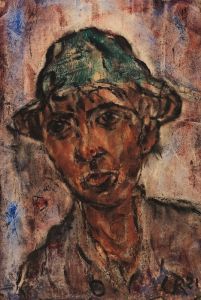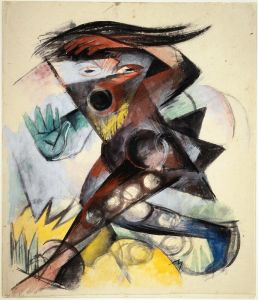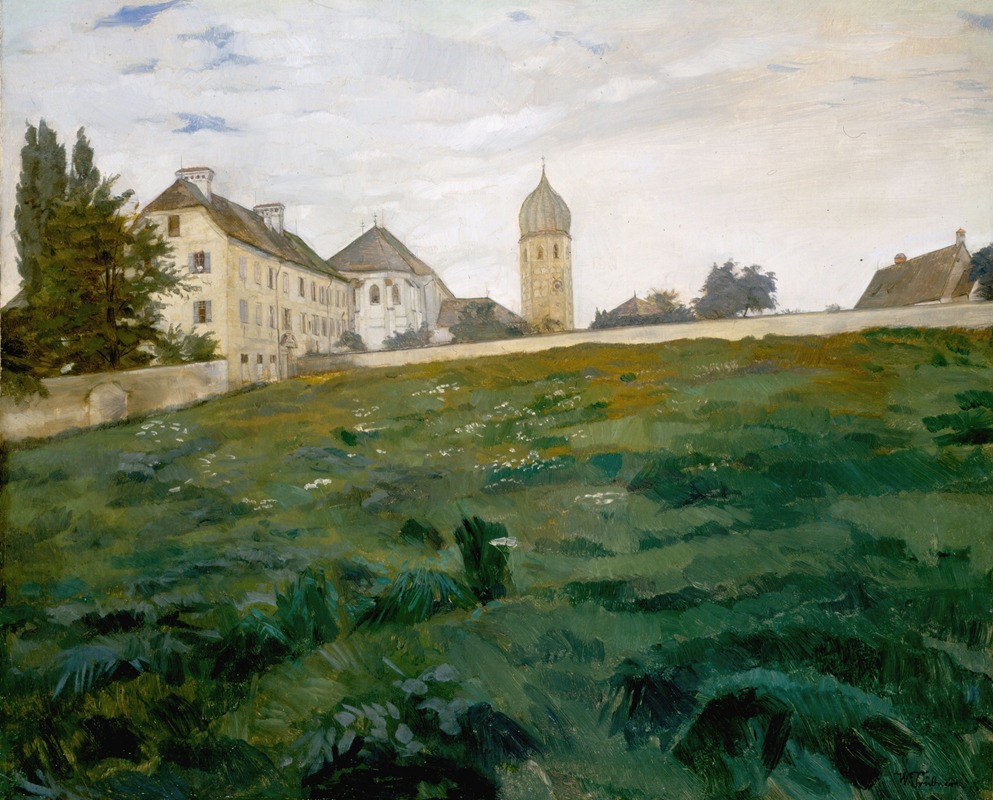
Frauenchiemsee, Klosterwiese mit Kirchturm III
A hand-painted replica of Wilhelm Trübner’s masterpiece Frauenchiemsee, Klosterwiese mit Kirchturm III, meticulously crafted by professional artists to capture the true essence of the original. Each piece is created with museum-quality canvas and rare mineral pigments, carefully painted by experienced artists with delicate brushstrokes and rich, layered colors to perfectly recreate the texture of the original artwork. Unlike machine-printed reproductions, this hand-painted version brings the painting to life, infused with the artist’s emotions and skill in every stroke. Whether for personal collection or home decoration, it instantly elevates the artistic atmosphere of any space.
Wilhelm Trübner was a German painter associated with the Realist movement, known for his detailed and vibrant landscapes and portraits. One of his works, "Frauenchiemsee, Klosterwiese mit Kirchturm III," exemplifies his skill in capturing the serene beauty of natural and architectural elements. This painting is part of a series that Trübner created, focusing on the Frauenchiemsee, an island in the Chiemsee lake in Bavaria, Germany. The island is renowned for its picturesque landscapes and historical significance, particularly the Frauenwörth Abbey, a Benedictine monastery founded in the 8th century.
"Frauenchiemsee, Klosterwiese mit Kirchturm III" translates to "Frauenchiemsee, Monastery Meadow with Church Tower III," indicating the painting's focus on the harmonious blend of nature and architecture. Trübner's work often reflects his keen observation of light and color, and this painting is no exception. The composition likely features the lush greenery of the monastery meadow, with the church tower rising prominently, symbolizing the spiritual and historical essence of the location.
Trübner's approach to painting was influenced by his academic training and exposure to various art movements during his travels. Born in Heidelberg in 1851, he studied at the Karlsruhe Academy of Fine Arts and later in Munich, where he became associated with the Munich Secession, a group of artists who sought to break away from traditional academic art. Trübner's style evolved over time, incorporating elements of Impressionism, which can be seen in his use of light and color to convey mood and atmosphere.
The Frauenchiemsee series, including "Klosterwiese mit Kirchturm III," reflects Trübner's fascination with the interplay of natural landscapes and human-made structures. His ability to depict the tranquility and timelessness of such scenes made his work highly regarded among his contemporaries and continues to be appreciated by art enthusiasts today.
Trübner's paintings are characterized by their meticulous attention to detail and the ability to evoke a sense of place and time. In "Frauenchiemsee, Klosterwiese mit Kirchturm III," he captures the essence of the Bavarian landscape, highlighting the region's cultural and historical heritage. The church tower, a recurring motif in his Frauenchiemsee series, serves as a focal point, drawing the viewer's eye and emphasizing the spiritual significance of the site.
Throughout his career, Trübner remained committed to exploring the relationship between nature and architecture, often returning to familiar themes and locations to capture their changing moods and atmospheres. His work is celebrated for its technical precision and emotional depth, qualities that are evident in "Frauenchiemsee, Klosterwiese mit Kirchturm III."
Today, Wilhelm Trübner is recognized as a significant figure in German art history, with his works held in various public and private collections. His contributions to the Realist movement and his ability to convey the beauty of the natural world continue to inspire and resonate with audiences. "Frauenchiemsee, Klosterwiese mit Kirchturm III" stands as a testament to his artistic vision and mastery of landscape painting.






